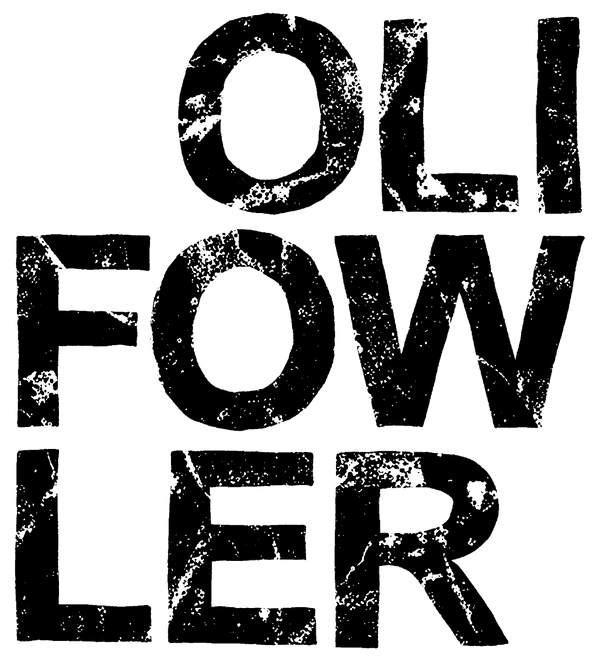
Beyond the 'Print on Demand' Machine
Let's talk about the digital print, often called a Giclée. It's the dominant force in the online art market. An artist creates a digital file, uploads it to a service, and when you click 'buy', a massive, highly sophisticated inkjet printer whirs into action somewhere in a warehouse and spits out a reproduction. The file can be printed a thousand times or a million times, today or in ten years. The artist might never even see or touch the final product you receive.
There's nothing inherently wrong with this; it makes art accessible. But it is fundamentally a reproduction. A high-quality photocopy. The process is one of replication, designed for scale and efficiency. It’s a brilliant system for commerce, but it misses the actual magic of creating an object.
The Physicality of Ink on Paper
Now, think about a screen print. It’s a beautifully messy, physical, and stubborn process. It’s about layers of real, viscous ink being forced through a fine mesh screen with a squeegee. It’s not a file being translated by a machine; it's a direct, tactile act. You can feel the difference. Run your finger over one of my prints and you can often feel the slight ridge where the ink has settled and dried on the paper. It has a presence. It has a texture.
Each colour requires its own screen, its own perfect registration, and its own pull of the squeegee. There's a rhythm to it. The flood of the screen with ink, the slight resistance as you pull it across, the satisfying 'peel' as you lift the screen to reveal the image underneath. It’s a low-tech craft in a high-tech world, and that’s precisely where its strength lies. Each print is an individual performance, not a copy.
An Investment in Imperfection (and Permanence)
This is why screen prints are almost always limited editions. It’s not a marketing gimmick; it's a practical necessity. The screens degrade, the process is labour-intensive, and the artist can only physically produce so many. This scarcity creates value, but the real value is in the uniqueness. Look closely at any two prints from the same edition, and you’ll see tiny, almost imperceptible differences—a slightly heavier deposit of ink here, a minuscule shift in registration there. These aren't flaws. They are the fingerprints of the process, the evidence of a human hand at work.
When you buy a piece from Oli Fowler Art, you’re not just buying an image. You’re buying the culmination of all those physical steps. You're getting a piece of art made with archival, lightfast inks designed to last generations, not just a digital file sprayed onto paper that might fade in a few years of sunlight. You’re supporting the craft itself.
So next time you’re looking to fill that empty space on your wall, ask yourself what you’re really after. A perfect, endlessly reproducible image? Or a tangible object with a story, a texture, and a little bit of soul pressed right into the paper? One is a picture of a thing; the other is the thing itself.
If you fancy seeing what I mean, and feeling the difference for yourself, have a browse through the prints in the shop. Each one has its own story.
Explore The Store